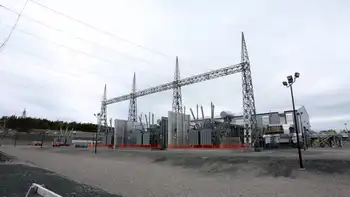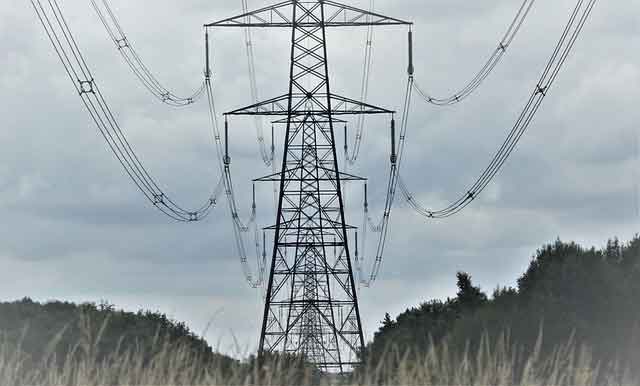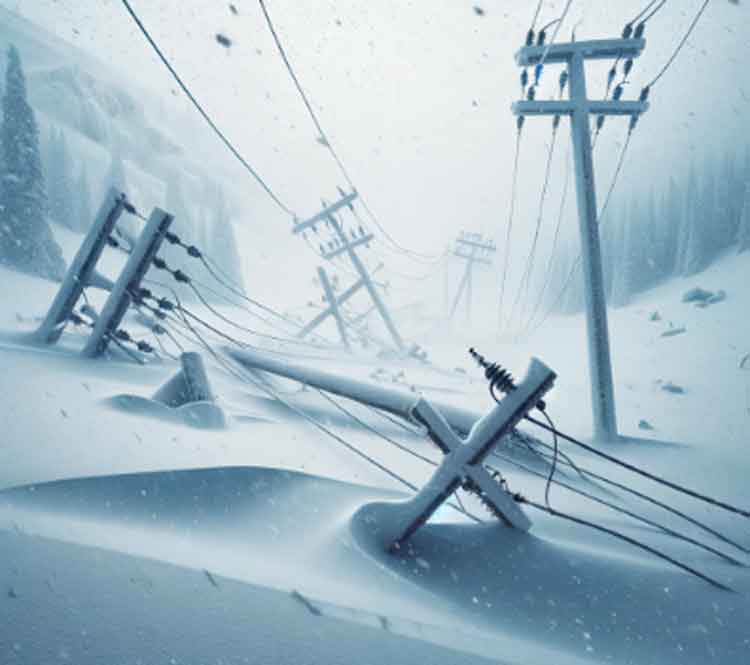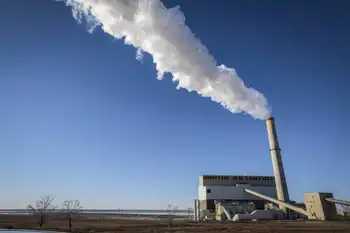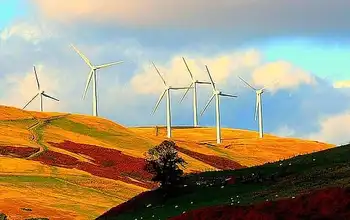India focuses on renewables
By Reuters
CSA Z463 Electrical Maintenance
Our customized live online or in‑person group training can be delivered to your staff at your location.

- Live Online
- 6 hours Instructor-led
- Group Training Available
The National Action Plan identified harnessing renewable energy, such as solar power, and energy efficiency as central to India's fight against global warming and said a climate change fund would be set up to research "green" technologies.
The national policy reflected India's current stand on climate change and would not please rich western countries asking for more commitment from one of the world's top polluters, experts said.
"Our vision is to make India's economic development energy efficient," Prime Minister Manmohan Singh said on releasing the national plan. "Our people have a right to economic and social development and to discard the ignominy of widespread poverty."
In spite of its pledge to clean technology, coal remains the backbone of India's power sector - accounting for about 60 percent of generation - with the government planning to add some 70,000 megawatts in the next five years.
In a report released this month, Goldman Sachs said climate change could deplete India's cultivable land area and productivity, reduce labor productivity and increase the threat of toxic and chemical waste in the environment.
"Although such dire prognostications are premature, urbanization, industrialization and ongoing global climate change will take a heavy toll on India's environment, if not managed better," it said.
But India says it must use more energy to lift its population from poverty and that its per-capita emissions are a fraction of those in rich nations, which have burnt fossil fuels unhindered since the industrial revolution.
India's per-capita emissions of carbon dioxide, the main greenhouse gas, were 1.2 tonnes in 2004, compared with 20.6 tonnes for the United States for the same year, according to U.N. data.
India, whose economy has grown by 8-9 percent annually in recent years, contributes around 4 percent of global greenhouse gas (GHG) emissions.
"Despite our development imperatives, our per capita GHG emissions will not exceed the per capita GHG emissions of the developed industrialized countries," Singh said.
As a developing nation, India is not yet required to cut emissions - said to be rising by between 2 and 3 percent a year - under the Kyoto Protocol, despite mounting pressure from environmental groups and industrialized nations.
Singh said India was not rigid and would try to make a gradual shift from fossil fuels to renewable sources of energy.
"Thus the Plan is not a fixity," he said. "It is meant to evolve and change in the light of changing circumstances."
At the moment, central to India's climate change plan are energy efficiency, harnessing of solar energy, conserving water, sustainable agriculture, sustaining the Himalayan ecosystem and sustainable habitat to create a "green India".
"Our people want higher standards of living," Singh said, "but they also want clean water to drink, fresh air to breathe and a green earth to walk on."





